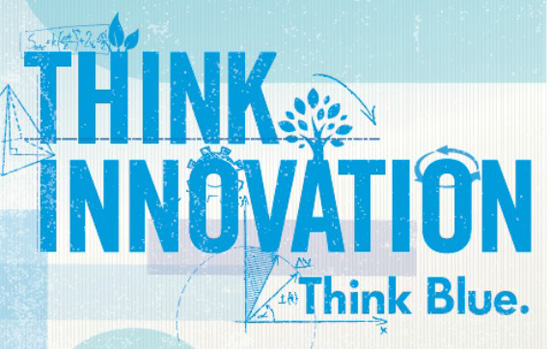Many car companies have their own separate division to handle the eco-friendly technology in their cars, and for Volkswagen this falls under the umbrella of BlueMotion. The name BlueMotion is derived from the colour of the Volkswagen logo (Blue), and the focus on mobility (Motion). It represents more than just one or two features installed in a car to help save fuel: it’s the interaction between these components that seeks to achieve a much more efficient vehicle, for the benefit of both the driver and the environment.
Introduced first in 2006 with the previous generation Polo, the BlueMotion vehicles in Volkswagen’s range have a higher emphasis on both fuel economy and lower emissions, rather than outright power and speed. The cars are set up so everything is optimized for that perfect fuel efficiency, even down to an alternator that only charges when necessary to reduce engine load.
What exactly separates a BlueMotion car from a regular run –of-the-mill Volkswagen model? These cars don’t run incredibly complex drivetrains or have wind-tunnel designed bodies, but are instead tweaked and adjusted in little ways to make them more efficient. The key word here is rolling resistance: in order to maximise fuel efficiency, the method with the largest effect is to reduce the amount of fuel needed to keep the car rolling along at a cruising speed.
In order to lower the rolling resistances, Volkswagen works with tyre manufacturers to choose a tyre with a low resistance, much like how hybrid vehicles run on a special set of tyres to achieve their high fuel efficiency. The bodywork and undercarriage of the car are also slightly adjusted to channel air more efficiently in order to reduce drag.
But even with a car that glides along the road effortlessly, a good powertrain is necessary to get the car up to cruising speed while burning as little petrol as possible. Smaller, lighter powertrains are ideal, which is what drives the engine downsizing trend. Engines like the 1.4 TSI are ideal for their ample torque from lower rpms, allowing drivers to accelerate quickly without burning much fuel. The Direct Shift Gearbox that Volkswagen employs heavily in their models is also ideal for efficiency, as the solid clutch connection ensures an efficiency similar to that of a manual, with the convenience of an automatic. Having 7 gears also allows for taller gear ratios at the high end without compromising acceleration, and therefore allows drivers to burn less fuel at cruising speeds.
Volkswagen has done a lot to incorporate BlueMotion technology in their vehicles, making the conscious choice to turn them into standard features. Things like Auto Start-Stop for engines were only previously seen on high end luxury models or hybrid vehicles, but it has become a standard feature in the new Volkswagen Golf Mk. 7. Regenerative braking to charge the battery is also an increasingly common feature, as the battery is what drives the car’s electrics when the engine shuts down during an auto start-stop process.
BlueMotion is arguably one of the most comprehensive packages available on the market for a mass market car, and while we don’t enjoy the full suite of BlueMotion technologies, it certainly goes a long way towards making Volkswagen models more frugal and efficient for everyday driving.




